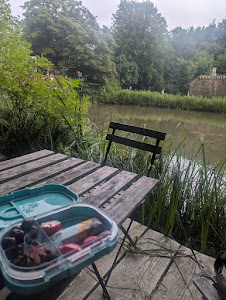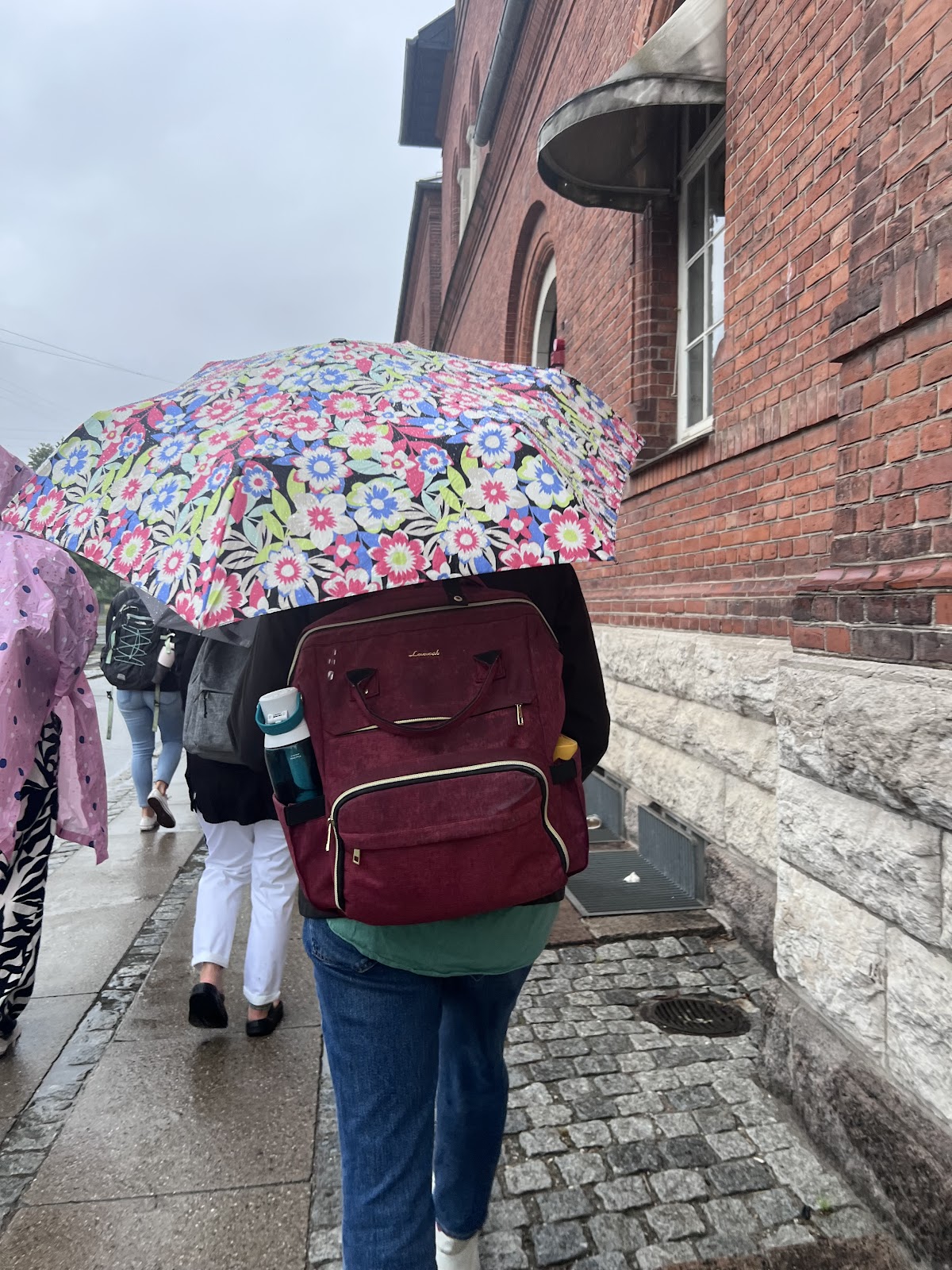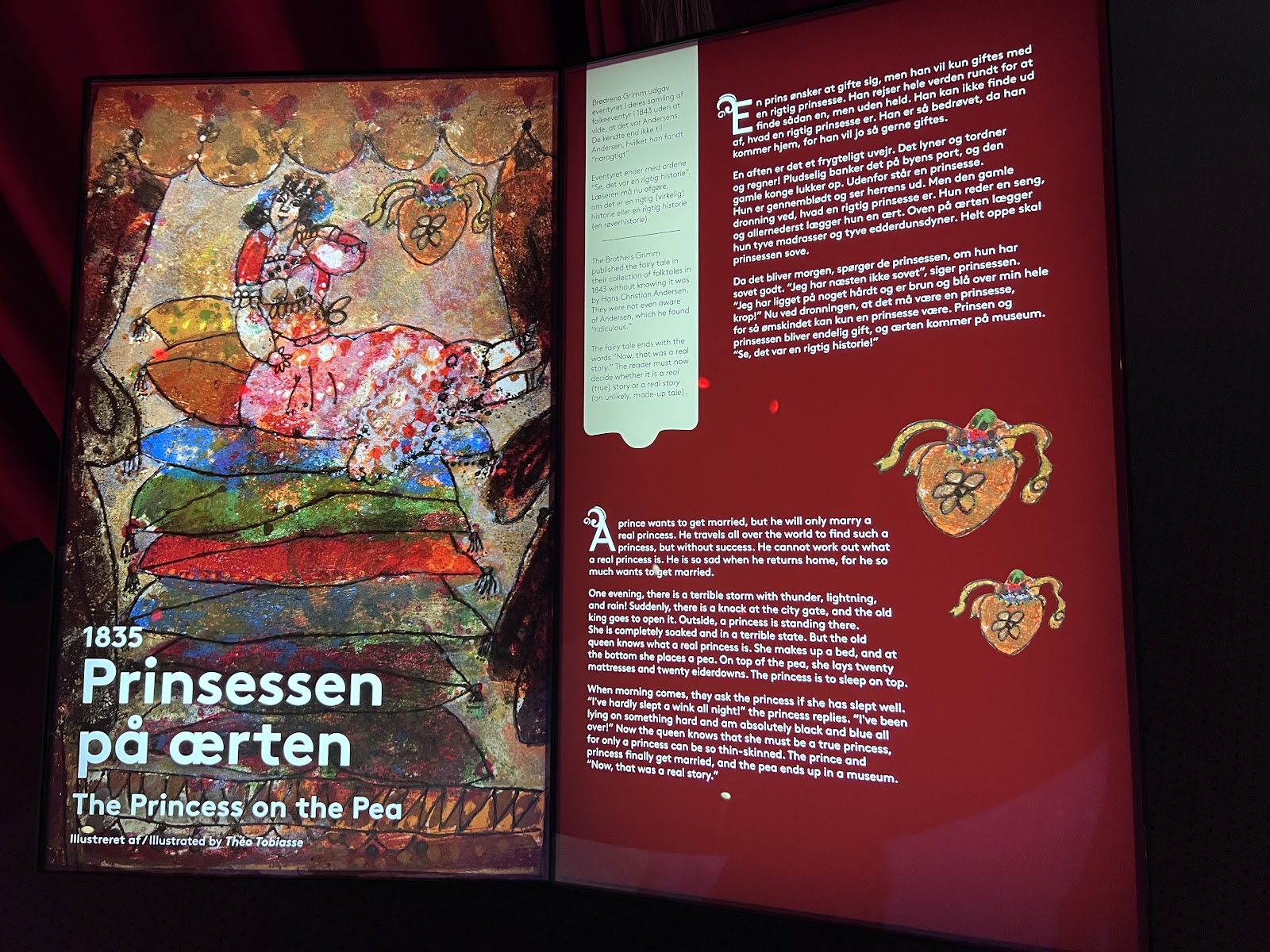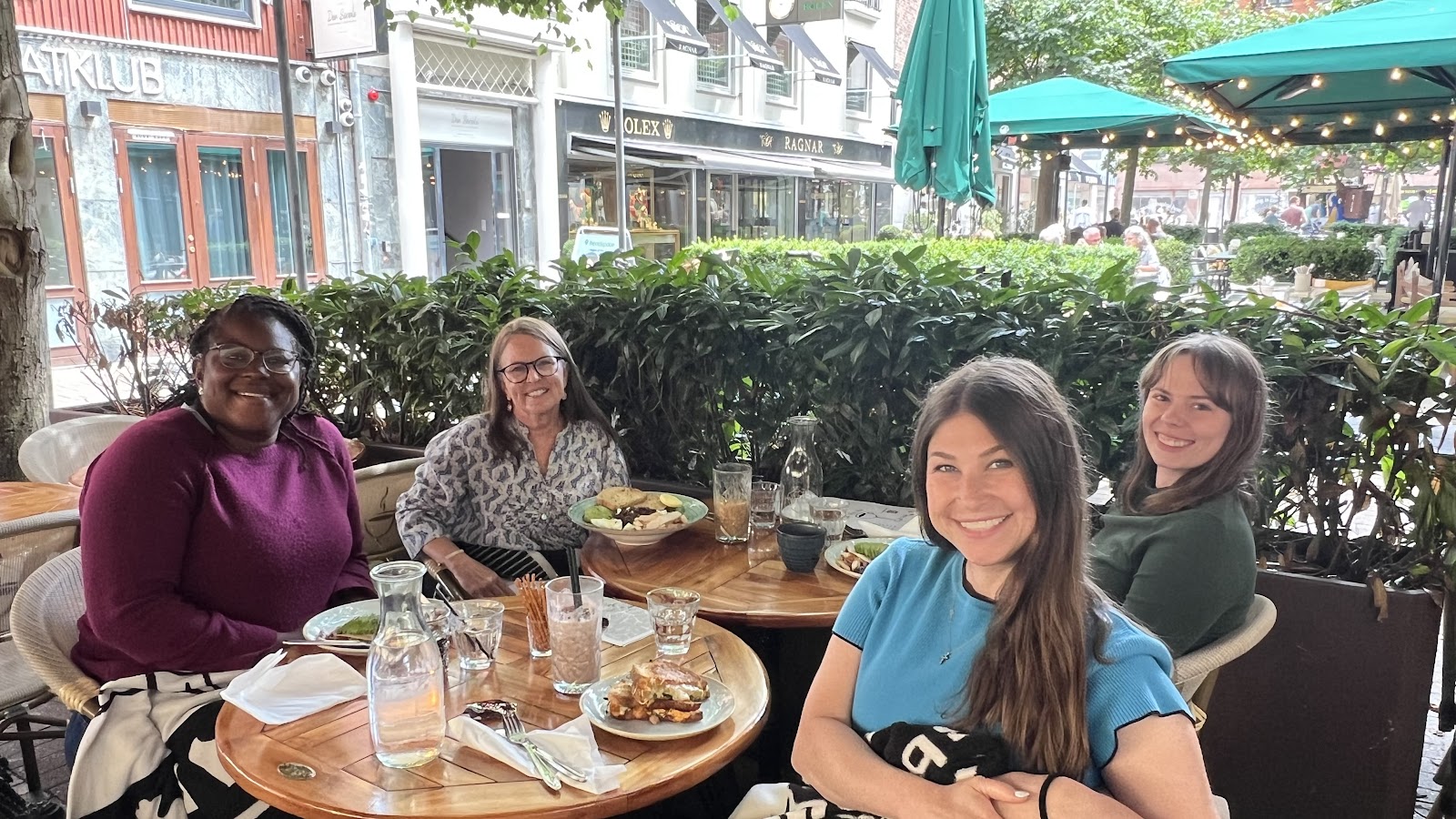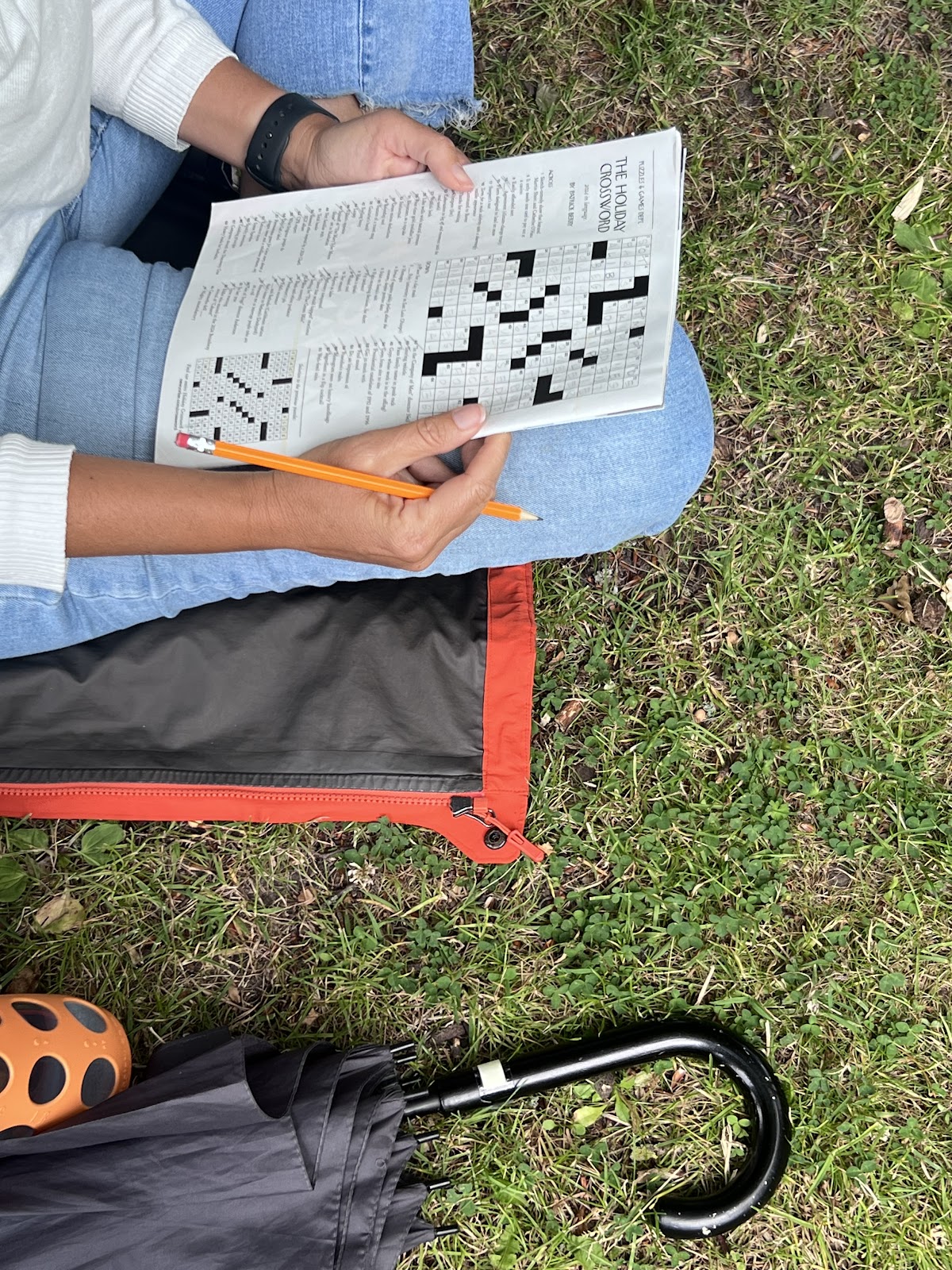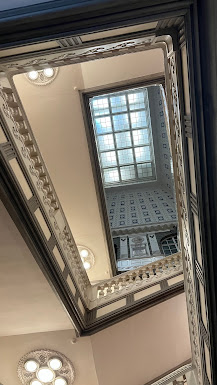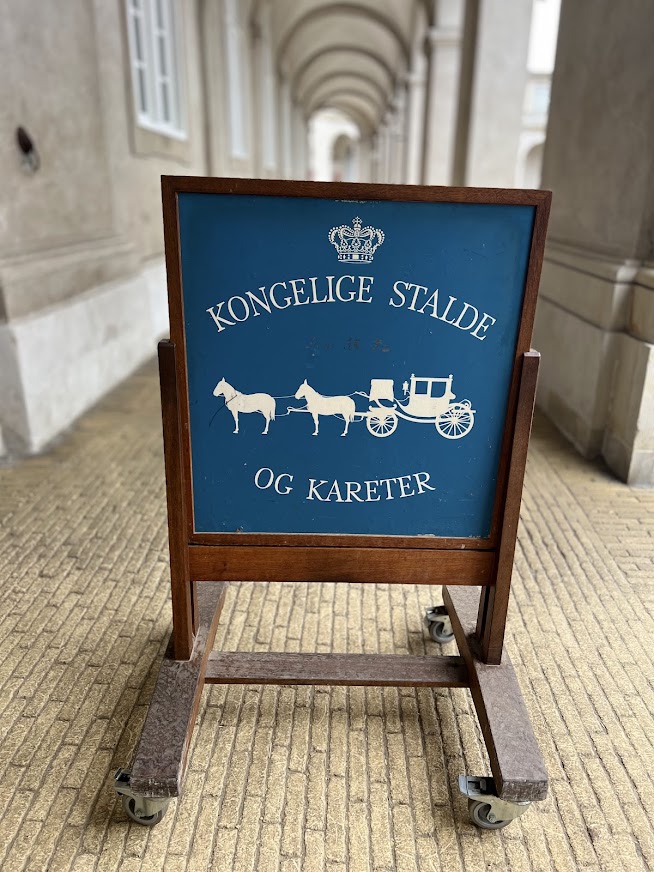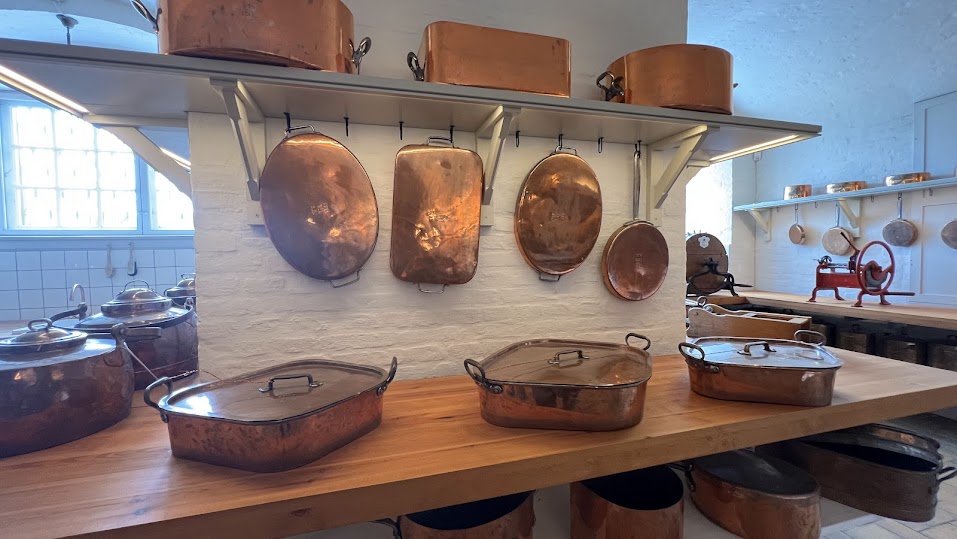Sagnlandet Lejre living history park, aka the “Land of Legends”, is an expansive and immersive experience that has something interesting to explore for visitors of all ages - the Iron, Bronze, and Viking ages especially!
This 43 hectare spot in central Zealand is committed to allowing visitors to experience a breadth of historical eras via direct interaction with livestock, artisans, and architecture of each represented segment of local history. It would be limiting to simply call Sagnlandet a “Viking Village’, though it certainly does teach much on the Viking age - most impressively with the spacious Viking kings’ hall, a traditional long house/meadhall reconstructed to look as such a building might in the era of Beowulf and the Danish kings of old. The park is arranged in such a way as to encourage exploration - of artisans, livestock, ancient villages, sacred sites, or secluded walking trails.
The Viking aspects are only a fraction of what we were able to experience on our visit. There are also segments of the park with recreated and functioning Iron Age and Bronze Age settlements - complete with knowledgeable historical reenactors - as well as a farm operating as one might have in this region in the 19th century. There are artisans in textiles, blacksmithing, and pottery working with period-appropriate technology to create beautiful handmade goods, and plenty of goats and sheep scattered about, with some willing to be gently petted by animal lovers. There is also an auroch pen for those interested to see large horned bovines; it is not advised to attempt a pat on the head for those fellows.
 |
| Exterior of the Viking King's Hall |
Sagnlandet is clearly intentional in its appeal to young people. There are archery games, archaeology digs, rowboats, and Viking bowling geared toward children so that they might engage with experiential education at the living history park. Children are also welcome to explore the extensive trail system that runs around and through the park; the park is situated on rolling hills that provide panoramic views of the entire landscape and a few moments of solitude from the clanging of hammers and anvils.
On one such hill is the ancient dance labyrinth, which is a ring of stones laid out in a circular spiral intended for use on the summer solstice. This labyrinth is an example of Sagnlandet’s efforts to represent the daily lives and worldview of all the peoples who inhabited this place; there is an explicit emphasis throughout the park to make living history as inclusive and honest as possible. There seems to be no desire to avoid, sugarcoat, or deny any aspects of the historical generations of the place - only a priority on making history come alive for visitors and an embrace of the complexities that historical knowledge often brings to light.
 |
| Ancient Dance Labyrinth |
The various historical, material, and agricultural aspects of Sagnlandet are substantial in depth and breadth - the living history park there could easily make for a full day visit with a picnic lunch in hand - and this makes it a place that is exciting and interesting to visit for people with a variety of historical and cultural interests.
 |
| Viking Stone Ship grounds |
 |
| Iron Age Village |
However, the common thread that weaves through the entire experience at Sagnlandet is that it is openly committed to portraying the layers of lived history in this particular place with honesty and fidelity. Whether it is the Viking stone ship sacred burial ground, the archery demonstrations, the Iron Age forge in action, or the textile looms, Sagnlandet does well at its task of presenting history as something to be experienced as part of a story, and a story that is meant to weave seamlessly into the fabric of its local and national community. The interpreters there, as well as the choices made by curators and the physical space itself, all point to a priority on experience as a gateway to historical understanding and the power of lived stories to give visitors there a sense of what it might be like to be a person living in a time and place. Even as a non-Danish visitor to the park, I felt a tangible sense of understanding this place (and Denmark more generally) because I was able to interact with stories presented at Sagnlandet.
 |
| Textile artisan workshop |
 |
| Interior of the Viking King's Hall |
My teaching career has repeatedly shown me that learners respond best to history when they can see themselves in the narrative being presented. The living history on display at Sagnlandet invites visitors of all ages to do just that - to immerse themselves in the story of a people and a place in order to better understand themselves. Coming from a country where there are such frequent battles over whose stories are told and which ones are ignored or excluded, it was a breath of fresh air to experience a place committed to the idea that the best way to make history come alive is to tell every story as specifically and personally as possible. Sagnlandet does an admirable job at this challenging task and is worth a repeat visit on my next trip to Denmark.
 |
| Auroch. Don't pet him |




